
Arrays - Programming
Q1: What will be the output of the program if the array begins at 65472 and each integer occupies 2 bytes?
#include<stdio.h>
int main()
{
int a[3][4] = {1, 2, 3, 4, 4, 3, 2, 1, 7, 8, 9, 0};
printf('%u, %u\n', a+1, &a+1);
return 0;
}
A 65474, 65476
B 65480, 65496
C 65480, 65488
D 65474, 65488
ANS:A - 65474, 65476 Step 1: int a[3][4] = {1, 2, 3, 4, 4, 3, 2, 1, 7, 8, 9, 0}; The array a[3][4] is declared as an integer array having the 3 rows and 4 colums dimensions. Step 2: printf('%u, %u\n', a+1, &a+1); The base address(also the address of the first element) of array is 65472. For a two-dimensional array like a reference to array has type 'pointer to array of 4 ints'. Therefore, a+1 is pointing to the memory location of first element of the second row in array a. Hence 65472 + (4 ints * 2 bytes) = 65480 Then, &a has type 'pointer to array of 3 arrays of 4 ints', totally 12 ints. Therefore, &a+1 denotes '12 ints * 2 bytes * 1 = 24 bytes'. Hence, begining address 65472 + 24 = 65496. So, &a+1 = 65496 Hence the output of the program is 65480, 65496 |


For help Students Orientation
Mcqs Questions
One stop destination for examination, preparation, recruitment, and more. Specially designed online test to solve all your preparation worries. Go wherever you want to and practice whenever you want, using the online test platform.

